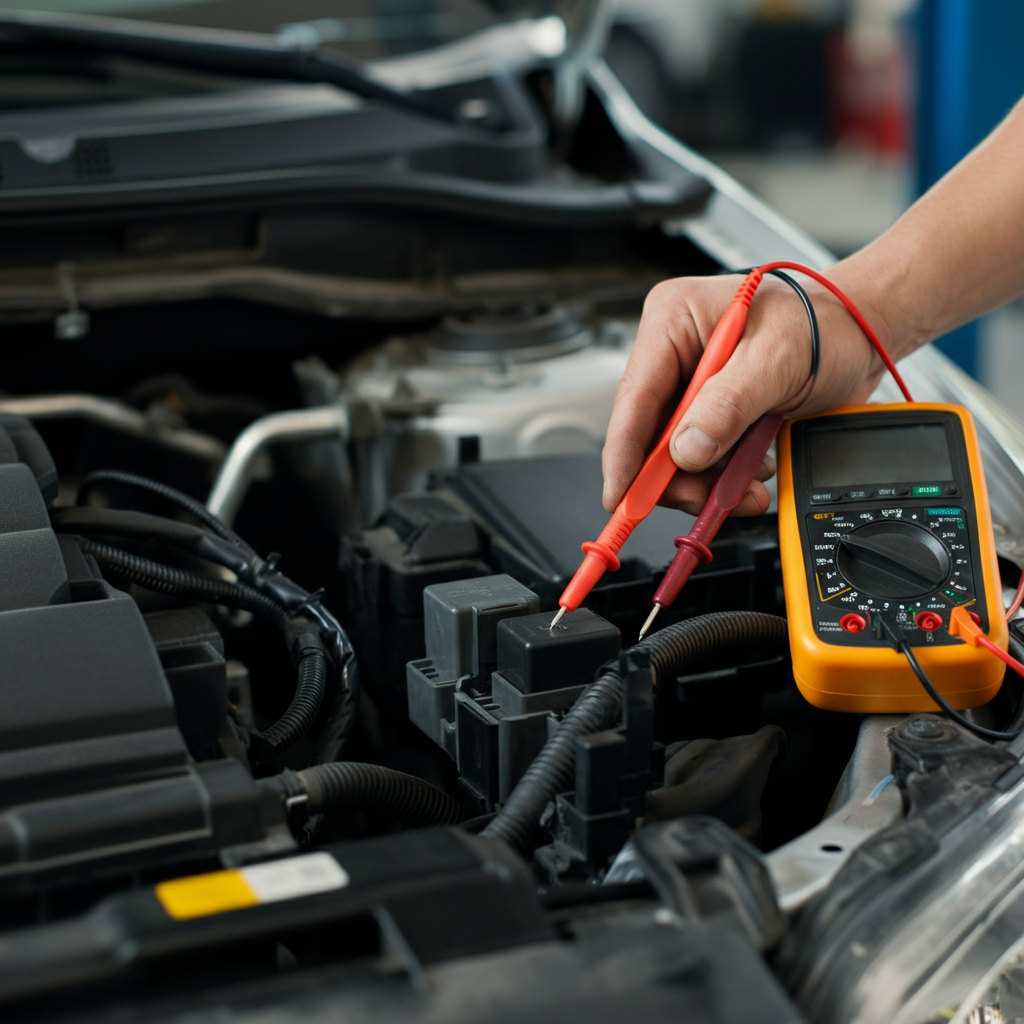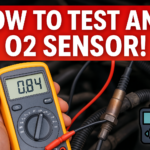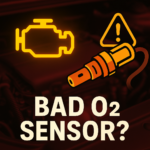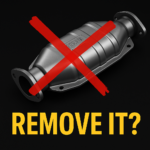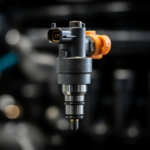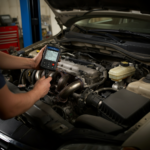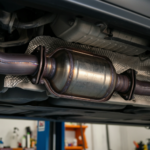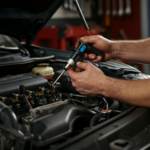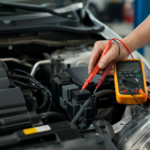A properly functioning fuel system is essential to keep your car running smoothly. Integral to this system is the fuel pump relay, a small but crucial component that ensures adequate power is supplied to your fuel pump. However, when this relay starts to fail, you may encounter a range of issues that can leave you scratching your head. Understanding the signs of a bad fuel pump relay is key to spotting problems early and avoiding expensive fixes down the road. This guide will walk you through the most common fuel pump relay bad symptoms, what might cause these issues, and how to address them effectively.
What Is a Fuel Pump Relay and Why Does It Matter?
Before we get into the symptoms, it’s important to know what the fuel pump relay does. The relay acts as a bridge between your car’s battery and the fuel pump. It ensures the pump receives the power it needs to maintain steady fuel pressure, which allows your car’s engine to run properly.
A faulty fuel pump relay can disrupt this flow of power, causing everything from difficulty starting the car to complete engine failure.
Signs of a Bad Fuel Pump Relay
Pay attention to these key bad fuel pump relay symptoms to diagnose the issue before it worsens.
1. Difficulty Starting Your Car
One of the first and most noticeable symptoms of a failing fuel pump relay is trouble starting the car. The engine may crank but fail to ignite, as the fuel pump isn’t receiving enough power to deliver fuel to the engine.
Pro Tip:
Make sure to check other causes like a fuel pump fuse blown symptoms, as the fuse box could house other relays or fuses affecting start-up.
2. Engine Stalling
Does your car stall frequently, especially after a few minutes of running? This could point to inconsistent fuel delivery—a common result of fuel pump relay problems symptoms.
3. Car Misfires or Surges
Problems like erratic idling or unexpected surges could mean the relay is malfunctioning and causing interruptions in fuel flow. Wondering, can a bad fuel pump relay cause misfire? Absolutely—it disrupts the engine’s balanced air-fuel mixture.
4. No Sound from the Fuel Pump
Under normal conditions, you’ll hear a faint humming sound from the fuel tank when the ignition is turned on. If your fuel pump stops running, the relay might be at fault.
5. Loss of Power at High Speeds
Is your car losing power when accelerating or driving uphill? This could indicate a failing relay struggling to supply power to the fuel pump under demanding conditions.
6. Check Engine Light
A illuminated check engine light can sometimes indicate fuel system issues. Use a diagnostic tool to check for trouble codes related to the fuel pump’s performance.
What Causes a Fuel Pump Relay to Go Bad?
Understanding what causes a fuel pump relay to go bad can help prevent future issues. Common culprits include:
- Wear and Tear: Over time, the relay’s internal components can degrade, leading to failure.
- Corrosion: Moisture in the engine compartment or relay housing can corrode connections.
- Faulty Control Module: A problem in the fuel system’s control module can lead to relay damage.
- Electrical Surges: If the fuel pump fuse is repeatedly blown, it might indicate excess current affecting the relay.
- Clogged Fuel Filter: Debris in the fuel system can strain the pump, indirectly stressing the relay.
Regular maintenance can help avoid these issues.
Diagnosing Fuel Pump Relay Problems
If you suspect your relay is failing, here’s how to pinpoint the problem before considering a fuel pump relay replacement:
Use an OBD-II Scanner
Check for diagnostic trouble codes that may highlight issues in the fuel system.
Check the Fuse Box
Inspect the fuse and relay for visible damage or blown fuses.
Swap the Relay
Replace the suspected relay with a working one from the same fuse box. If the problem resolves, the relay is likely faulty.
Test for Voltage
Use a multimeter to check whether the relay is delivering power to the fuel pump.
Examine the Control Module
The control module could be faulty and preventing the relay from functioning.
Bonus: For step-by-step instructions, check this comprehensive guide on How to Install a Fuel Pump Relay.
Your Next Steps if the Relay is Bad
When the issue is confirmed, follow these steps to get back on the road:
- Replace the Relay
Most replacements are straightforward and can be done at home. However, always ensure the new relay matches your vehicle’s specifications.
- Inspect the Entire Fuel System
Problems like a bad fuel pump or clogged fuel filter might cause relay issues.
- Consult a Professional Mechanic
If you’re not confident in diagnosing or replacing the relay yourself, seek professional assistance.
Find high-quality relays and fuel system components at AutoZone.
Final Thoughts on Bad Fuel Pump Relay Symptoms
Recognizing the signs of a bad fuel pump relay can save you from headaches and costly repairs. Keep an eye out for fuel pump relay symptoms such as starting problems, stalling, engine surges, or an unresponsive fuel pump. Regular maintenance and prompt action when symptoms arise will keep your fuel system—and your car—running smoothly.
For more tips on diagnosing and addressing fuel pump problems, check out this detailed guide on bad fuel pump symptoms.
Prepared to tackle fuel system issues confidently? Maintain your car, avoid bigger repairs, and drive safely!
